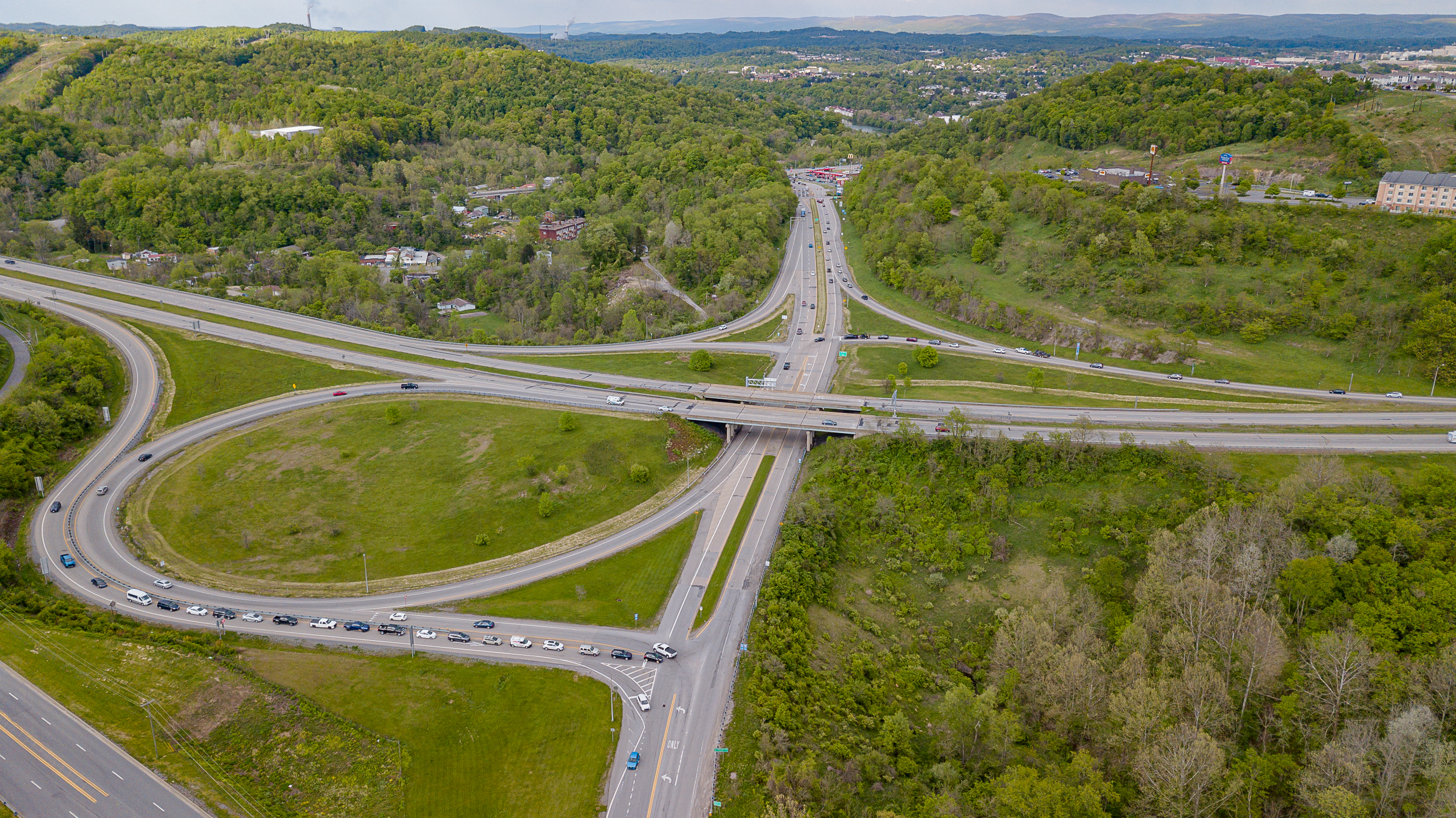MORGANTOWN — Donna Hardy came to Thursday’s Morgantown Monongalia Metropolitan Planning Organization Policy Board meeting to talk about vulnerable road users.
She left with an earful about traffic lights at I-79’s Exit 155.
Hardy, the assistant director of traffic engineering for the West Virginia Division of Highways, mentioned in passing that the DOH was “hopeful” the aforementioned lights could start going up sometime this fall.
Star City representative Steve Blinco raised his hand.
“I just saw this slide and my blood pressure just went up,” he said. “This was supposed to be done for spring … I’m a teacher and I’m a coach. I drive that every day and my kids go to practice out there. The bus garage is out there. Mylan [Park] is out there. We have asked. This was supposed to be here this spring. I don’t know how much more we can say this is a problem.”
To Blinco’s point, the policy board was told in October to expect two sets of coordinated traffic lights on Chaplin Hill Road at both I-79 off ramps in the first quarter of 2024.
As part of Thursday’s conversation, policy board members said vehicles back up onto the interstate in both directions daily with normal Morgantown traffic.
The situation deteriorates further during football games and the increasingly large and frequent events at Mylan Park.
In its current state, the Exit 155 interchange has been rated “F” for failing by the department of transportation during peak evening and Saturday hours.
The lights are to be a temporary fix until the entire exit can be reconfigured. More than $120 million in state and federal dollars have been committed to that future project.
“It’s temporary. We’re about to spend $100 million out there. Temporary means put the lights right now. What can we do to get that done Monday?” Monongalia County Commissioner Tom Bloom asked.
The short answer is nothing. It’s not that easy, particularly when an interstate and the Federal Highway Administration is involved.
Brian Carr represents the WVDOH on the policy board.
“We don’t want to go out there and put up a temporary light and the next thing you know we cause all kinds of problems. Unintended consequences is what we have to be concerned about as well,” Carr said. “This is, right now, the path we’re moving on. We can’t just throw something out and the next thing you know somebody gets killed because the lights weren’t right.”
MPO Executive Director Bill Austin said the state is modeling the interchange to identify timing patterns that won’t make the problem worse. That must be done, he said, before any kind of signal is put in place.
Hardy pointed out that she has family members who live off Exit 155, so she understands the concern.
But the state is going to do its due diligence.
“I cannot talk about all the ramifications of doing a signal wrong, but I can talk about what happens when we do,” she said. “Once we have the crash, everything goes sideways.”




